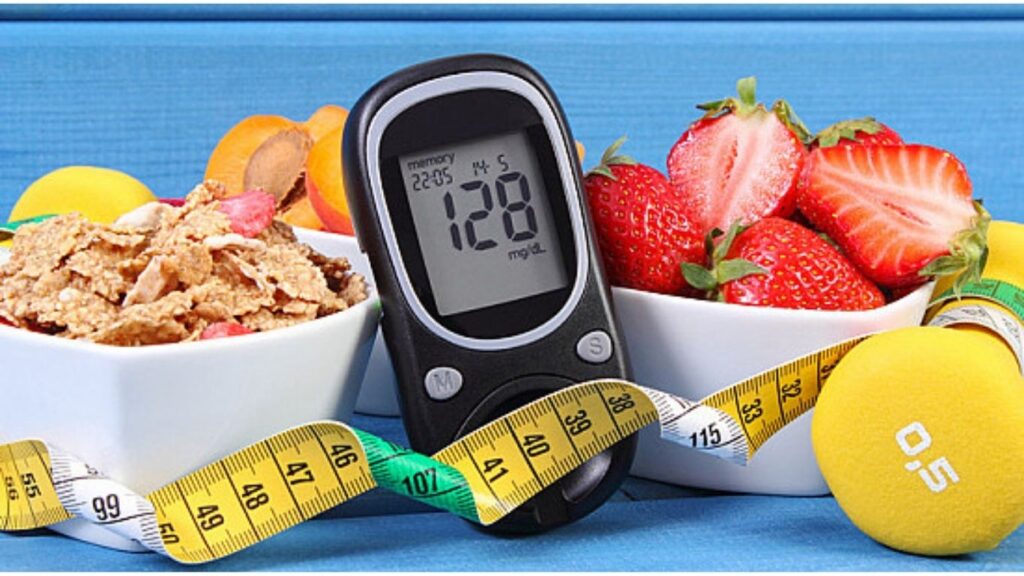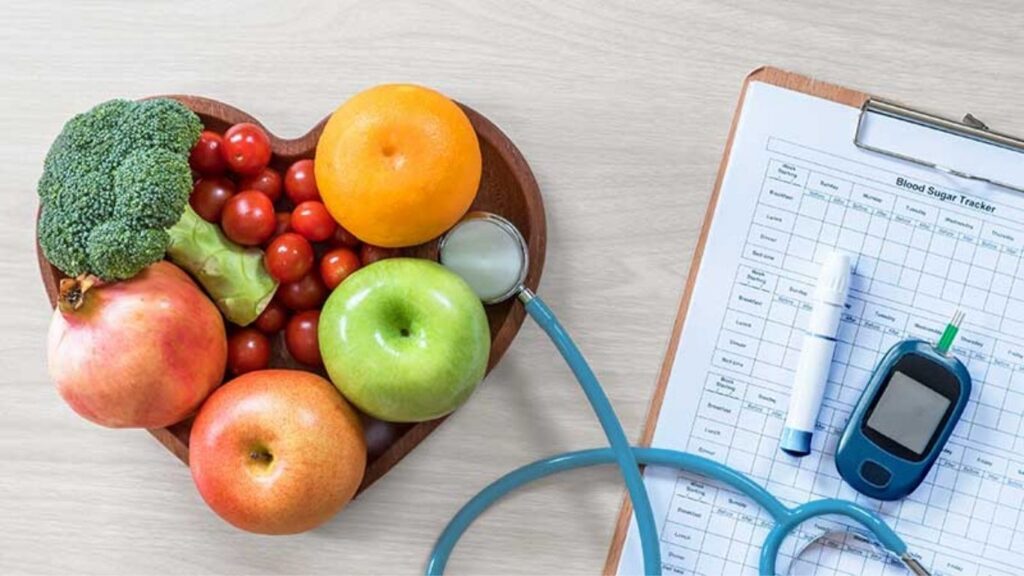Diabetes is a chronic disease that affects how your body turns food into energy. There are three major types of diabetes: Type 1, Type 2, and gestational diabetes. Each type of diabetes has its own causes, symptoms, and treatment options. In this blog, we will delve into the differences between these three types of diabetes to help you better understand the condition.
Type 1 Diabetes Type 1 diabetes, also known as juvenile diabetes or insulin-dependent diabetes, is usually diagnosed in children, teenagers, and young adults, but it can develop at any age. It is an autoimmune condition where the immune system attacks and destroys the insulin-producing beta cells in the pancreas. This means people with Type 1 diabetes do not produce insulin, a hormone needed to allow sugar (glucose) to enter cells to produce energy.
Symptoms of Type 1 diabetes can develop quickly and may include:
- Increased thirst and frequent urination
- Extreme fatigue
- Blurred vision
- Unexplained weight loss
Treatment for Type 1 diabetes:
Treatment for Type 1 diabetes involves taking insulin through injections or an insulin pump to help manage blood sugar levels. Regular monitoring of blood sugar levels, a healthy diet, and regular physical activity are also important in managing the condition.
Type 2 Diabetes:
Type 2 diabetes is the most common form of diabetes, affecting around 90% of people with the condition. It occurs when the body does not use insulin properly, a condition known as insulin resistance. Over time, the pancreas cannot keep up with the demand for insulin, and blood sugar levels become too high.
Symptoms of Type 2 diabetes can be mild and may develop slowly over time. They can include:
- Increased thirst and frequent urination
- Increased hunger
- Fatigue
- Blurred vision
- Slow-healing sores or frequent infections
Treatment for Type 2 diabetes:
Treatment for Type 2 diabetes involves lifestyle changes such as a healthy diet, regular physical activity, and weight management. In some cases, medication or insulin may be required to help manage blood sugar levels.

Gestational Diabetes:
Gestational diabetes develops in pregnant women who have never had diabetes before but have high blood sugar levels during pregnancy. It affects around 2-10% of pregnancies in the United States each year. The condition can increase the risk of complications for both the mother and the baby.
Symptoms of gestational diabetes are usually mild and may include:
- Increased thirst and frequent urination
- Fatigue
- Blurred vision
Treatment for gestational diabetes:
Treatment for gestational diabetes focuses on managing blood sugar levels to protect both the mother and the baby. The primary method involves monitoring blood glucose levels several times a day to ensure they remain within the target range. Diet plays a crucial role; consuming balanced meals rich in nutrients, fiber, and moderate in carbohydrates helps regulate blood sugar. Regular physical activity is also essential; even a daily walk can make a difference. In some cases, insulin or other medications may be necessary to manage glucose levels. Regular check-ups and communication with healthcare providers ensure proper monitoring and timely interventions, contributing to a healthy pregnancy and delivery.
The Importance of Early Diagnosis and Management:
Early diagnosis and management of diabetes are crucial in preventing complications such as heart disease, stroke, kidney failure, and blindness. If you are experiencing symptoms of diabetes, it is important to see your doctor for a proper diagnosis and treatment plan.
Preventing Type 2 diabetes
involves making several key lifestyle changes to improve overall health and reduce the risk of developing the condition. Maintaining a healthy weight through a balanced diet and regular physical activity is crucial, as obesity is a significant risk factor for Type 2 diabetes. Choose for a diet rich in whole grains, fruits, vegetables, and lean proteins while minimizing processed foods and sugary snacks. Engaging in at least 150 minutes of moderate-intensity exercise per week, such as brisk walking or cycling, can significantly reduce the risk. Additionally, avoid smoking, limit alcohol consumption, and manage stress to support overall well-being and prevent the onset of Type 2 diabetes.

Conclusion:
In conclusion, understanding the differences between Type 1, Type 2, and gestational diabetes is essential in managing the condition and preventing complications. Early diagnosis and management, along with making healthy lifestyle choices, can help improve the quality of life for people with diabetes and reduce the risk of developing Type 2 diabetes. If you have any symptoms or concerns about diabetes, be sure to consult with your doctor for proper guidance and support.
Also read: Harmonizing Mind and Body: The Role of Self-Control in Lifestyle Diseases Preventionhttps://fitgurulife.com/2023/10/03/harmonizing-mind-and-body-the-role-of-self-control-in-lifestyle-diseases-prevention/
